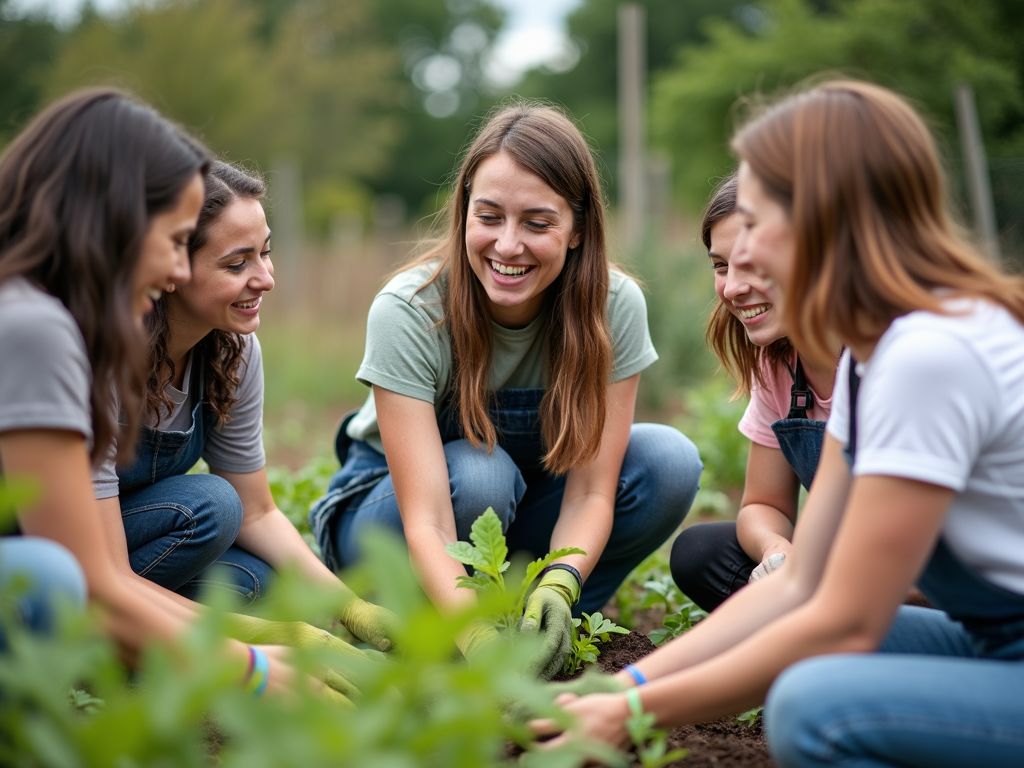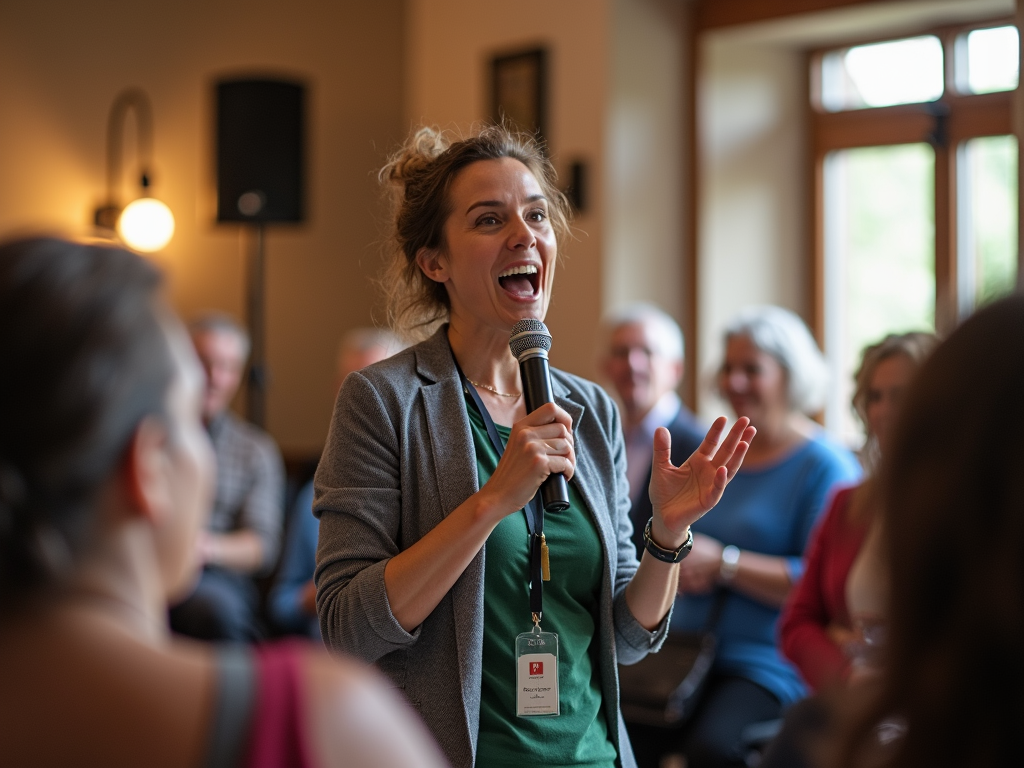Mastering Communication in Volunteering: Key Strategies for Impact
By , April 26, 2025
Volunteering is about more than just showing up—it’s about creating real change. At the core of every successful volunteer effort lies The Art of Effective Communication in Volunteering. Whether you’re organizing a team, connecting with community members, or advocating for a cause, how you communicate shapes your impact. This article dives into practical, actionable strategies to help you inspire, connect, and lead as a volunteer—all in about 1500 words of easy-to-read insights.

Why Communication Drives Volunteering Success
When you volunteer, you’re often working with people from all walks of life—teammates, organizers, or the people you’re helping. Good communication keeps everyone on the same page. It builds trust, clarifies goals, and makes sure everyone feels included. A report from the Corporation for National and Community Service found that volunteers who feel well-informed are 30% more likely to stick around. That’s because clear communication turns a group of individuals into a team with a shared purpose.
Top Impactful Communication Techniques in Volunteering
Here’s how to communicate like a pro while volunteering:
- Listen Actively: Don’t just hear—really listen. Focus on what people say, ask questions, and show you care. This helps you understand what’s needed and builds stronger connections.
- Keep It Simple: Say what you mean without extra fluff. For example, instead of ‘Let’s leverage our resources,’ just say, ‘Let’s use what we’ve got to help.’
- Watch Your Body Language: A friendly smile or a nod can say more than words. People notice how you carry yourself, so stay open and approachable.

Speaking Up: Best Practices in Advocacy Volunteering
Volunteering often means standing up for something you believe in—whether it’s the environment, education, or equality. That’s where advocacy comes in. To make your voice count:
- Know Who You’re Talking To: Adjust your message to fit your audience. A local parent might care more about school safety than broad policy stats.
- Tell a Story: Numbers matter, but stories stick. Share how your work changed one person’s life—it’s more powerful than a spreadsheet.
- Stay at It: Advocacy isn’t a one-off. Keep sharing your message, whether at events or online, to build momentum.
For example, during a food drive I helped with, we didn’t just say ‘We need donations.’ We shared a quick story about a single mom who’d gotten a week’s worth of meals from the last drive. Donations doubled that day because people connected with her story.

Tackling Common Communication Hurdles
Volunteering isn’t always smooth sailing. You might run into language differences or misunderstandings. Here’s how to handle them:
- Pick Up a Few Words: If you’re in a new community, learn basic greetings or phrases. It shows effort and respect.
- Use Pictures or Gestures: When words don’t work, point to a map or draw a quick sketch. It’s simple and effective.
- Check In: Ask, ‘Did I explain that okay?’ It’s a quick way to catch confusion early.
I once volunteered with a group where half the team spoke a different language. We struggled until someone pulled out a notepad and started sketching our plan. Suddenly, everyone got it—proof that creativity can bridge gaps.

Tech Tools to Boost Volunteer Communication
Technology can make staying connected easier, especially for big projects. Here’s how to use it right:
| Tool | Best For | Tip |
|---|---|---|
| Quick team updates | Keep messages short | |
| Detailed plans or recaps | Use bullet points | |
| Zoom | Group meetings | Test your mic first |
Don’t overdo it, though—tech should support, not replace, face-to-face talks. And always ask before sharing someone’s photo or info online.
A study from Johns Hopkins University showed that teams using digital tools effectively saved 15% more time on coordination. But I’ve found the real magic happens when you pair tech with personal check-ins.

What I’ve Learned as a Volunteer
One lesson stands out from my time volunteering: communication is a two-way street. During a park clean-up, we had a mix of new and seasoned volunteers. At first, things were chaotic—trash bags everywhere, no one knew where to start. I stepped back, asked everyone what they were good at, and listened. One guy loved organizing, another had a truck for hauling. By matching tasks to strengths, we finished in half the time. It hit me then: asking and listening can turn a mess into progress.
That day taught me that Impactful Communication Techniques in Volunteering aren’t about being loud or bossy. They’re about making space for everyone to shine.

Bringing It All Together
Mastering The Art of Effective Communication in Volunteering takes practice, but it’s worth it. Listen well, speak clearly, and advocate with heart—these skills amplify your impact as a volunteer. Start with one technique, like asking better questions, and build from there. Every conversation is a chance to learn and grow. With these strategies, you’ll not only get things done but also leave a lasting mark on your community.